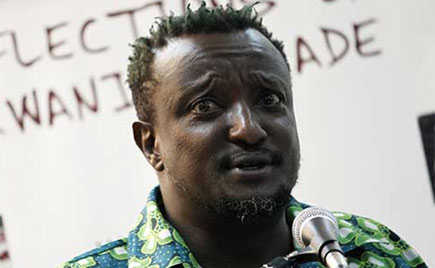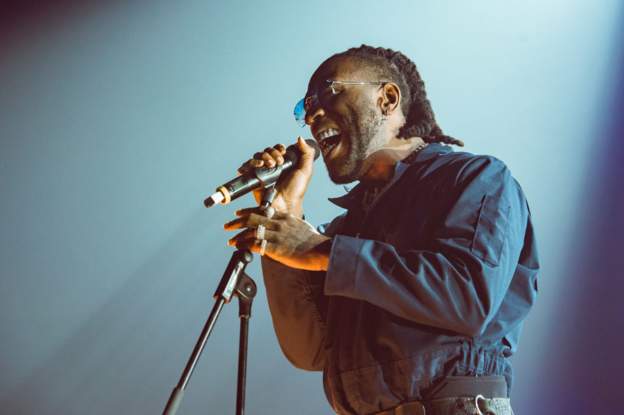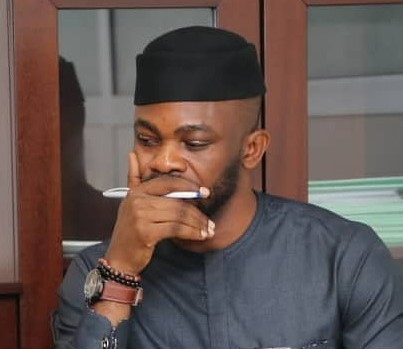
Discover Africa Culture: The Impande Ye Zangoma Dance?
Africa is blessed with rich cultural heritage. From North to South, East to West and in the Central Africa, there are quite a number of mind-blowing cultural heritage worth your time. In this edition, the focus is on the Impande Ye Zangoma dance. What is this all about? Find out below.
What is the Impande Ye Zangoma dance?
Impande Ye Zangoma dance is a traditional Zulu spiritual performance associated with the cultural and spiritual practices of sangomas (traditional healers). This dance is deeply rooted in Zulu heritage and serves as a way to honor ancestral spirits and connect with nature. It often includes rhythmic movements, chants, and songs that reflect the sangomas’ spiritual journey and their role as intermediaries between the physical and spiritual worlds.
This dance is more than just a performance; it is a form of cultural expression that emphasizes healing, wisdom, and a deep connection to the ancestors. The term Impande Ye Zangoma itself refers to the “root of the sangoma,” symbolizing a return to foundational spiritual practices and cultural identity
Why do dancers appear minimally dressed?
The traditional attire (or lack thereof) in dances such as Impande Ye Zangoma reflects a cultural emphasis on purity, authenticity, and connection to the ancestors. In Zulu spirituality and many other African traditions, minimal clothing or nudity in ritualistic dances symbolizes a return to natural states, free from material distractions. This is thought to create a more authentic connection with ancestral spirits and the earth, which are central to the spiritual practices of sangomas (traditional healers).
Additionally, these practices are rooted in long-standing cultural norms and are not perceived as provocative but rather as sacred expressions of identity, humility, and reverence. Such rituals are deeply integrated into the belief systems and tradition…
What is the effect of observing or ignoring the dance?
After the Impande Ye Zangoma dance, the participants and community members typically engage in rituals to finalize the spiritual connection, such as prayers, offerings to the ancestors, or ceremonial blessings. These activities solidify the spiritual work initiated during the dance, whether for healing, guidance, or community well-being. The ritual aims to align the participants with ancestral wisdom and ensure harmony within the community.
Failing to observe these dances or rituals, particularly for those bound by tradition, might carry spiritual or social repercussions. In many traditional African belief systems, such neglect is thought to disrupt the balance between the living and the ancestors. Potential consequences include:
- Spiritual Imbalance: Neglecting rituals can be seen as disrespectful to the ancestors, possibly leading to misfortune, illness, or unrest within the community.
- Loss of Protection: The ancestors are believed to provide guidance and protection. Without these rituals, individuals might feel spiritually vulnerable.
- Community Disharmony: Since these practices strengthen communal bonds, avoiding them could lead to social alienation or weakened group unity.
These beliefs underscore the spiritual and communal significance of maintaining traditional practices like the Impande Ye Zangoma dance
Which class of the Zulu are selected to observe the dance?
The Impande Ye Zangoma dance is primarily observed by individuals deeply rooted in Zulu cultural and spiritual traditions. These include:
- Sangomas (Traditional Healers): The primary participants are sangomas, who perform the dance as part of their spiritual practices to honor the ancestors and connect with the spiritual realm. They are chosen based on their calling and training as traditional healers.
- Initiates and Apprentices: Individuals undergoing training to become sangomas often participate or observe these dances as part of their spiritual education and initiation process.
- Community Members: While not everyone actively participates, members of the community may observe the dance to support the rituals, seek blessings, or show respect for their cultural heritage.
- Elders and Spiritual Leaders: Senior members of the community, including elders and established spiritual leaders, often guide and oversee the rituals to ensure their proper observance.
Participation is usually restricted to those with spiritual roles or connections, as the dance is considered sacred. Observing or participating without proper initiation or purpose might be viewed as disrespectful or inappropriate within the cultural context oai_citation:2,TV Yabantu | Yesintu | By Afrikans For The People | Best Indigenous Television oai_citation:1,Impande Ye Zangoma Dance Tv Yabantu Mp3 & Mp4 Download – clip.africa.com.




Recent Comments